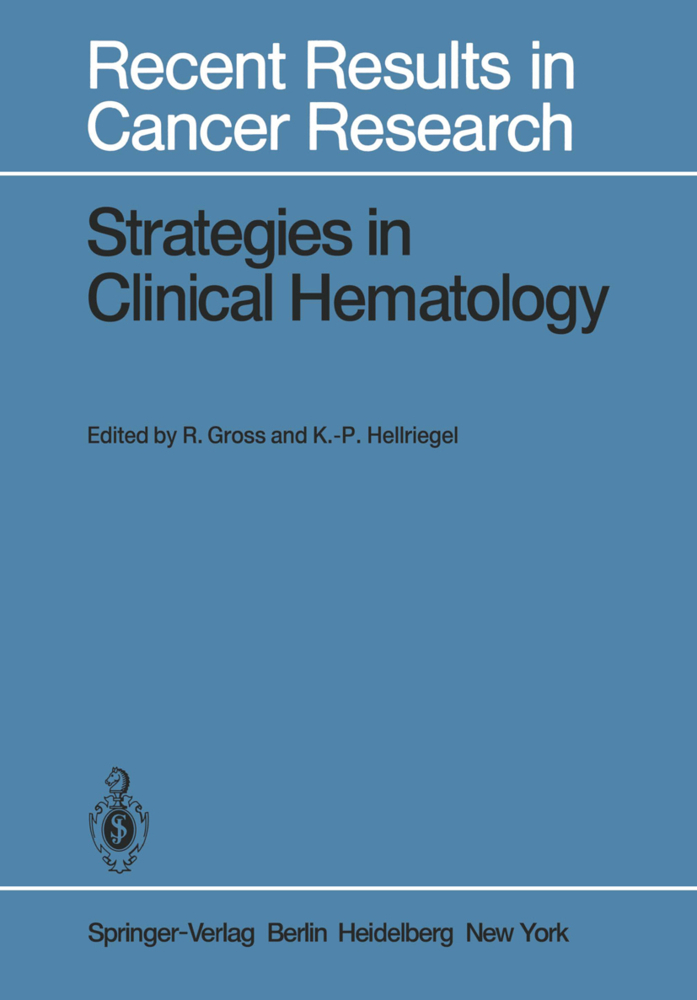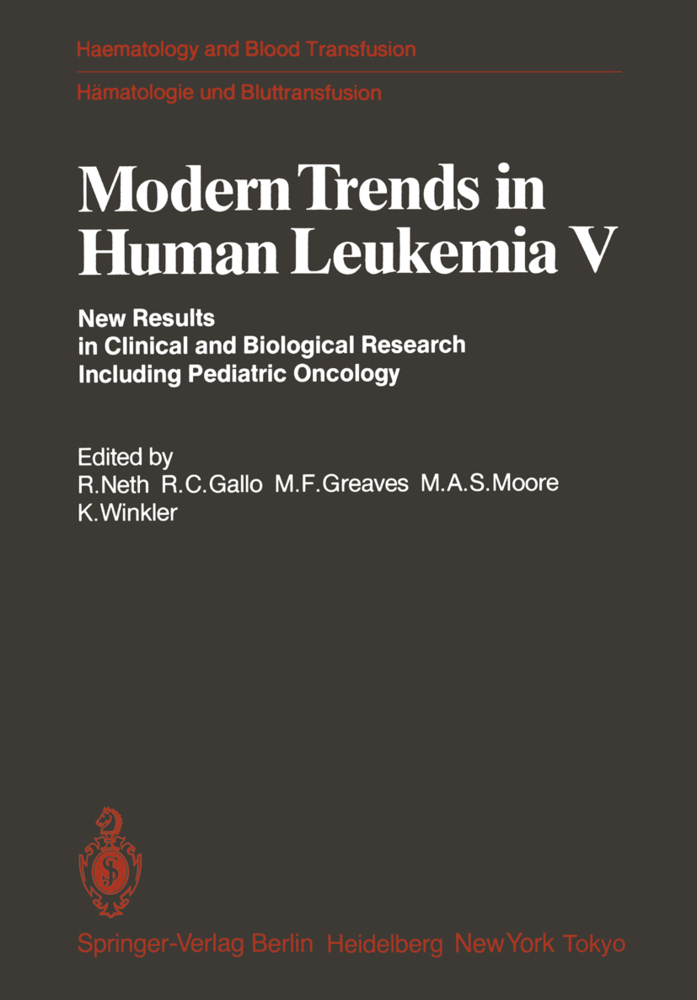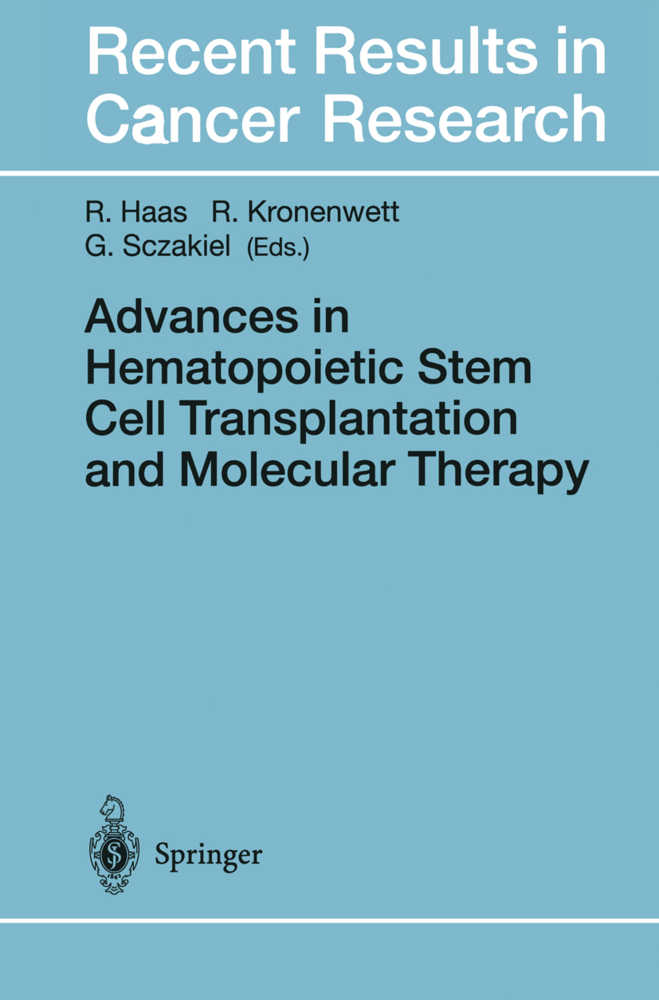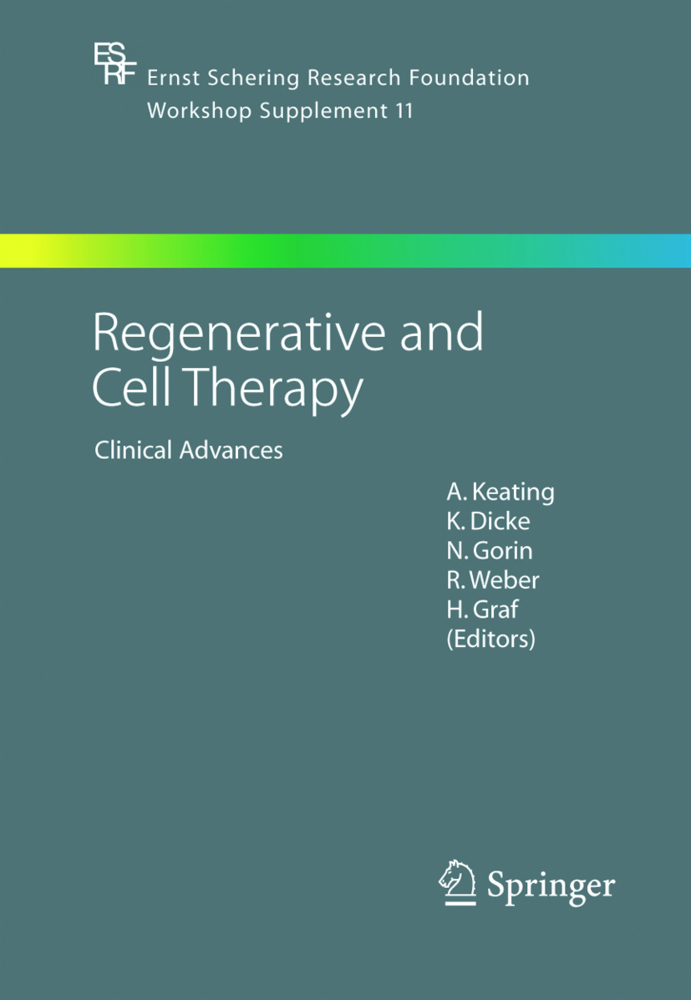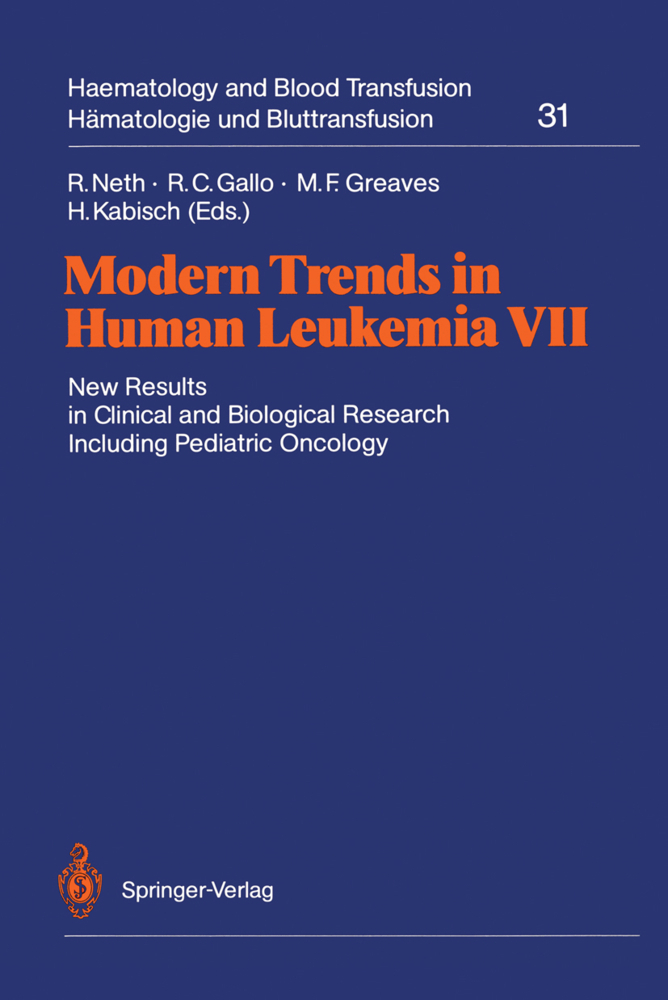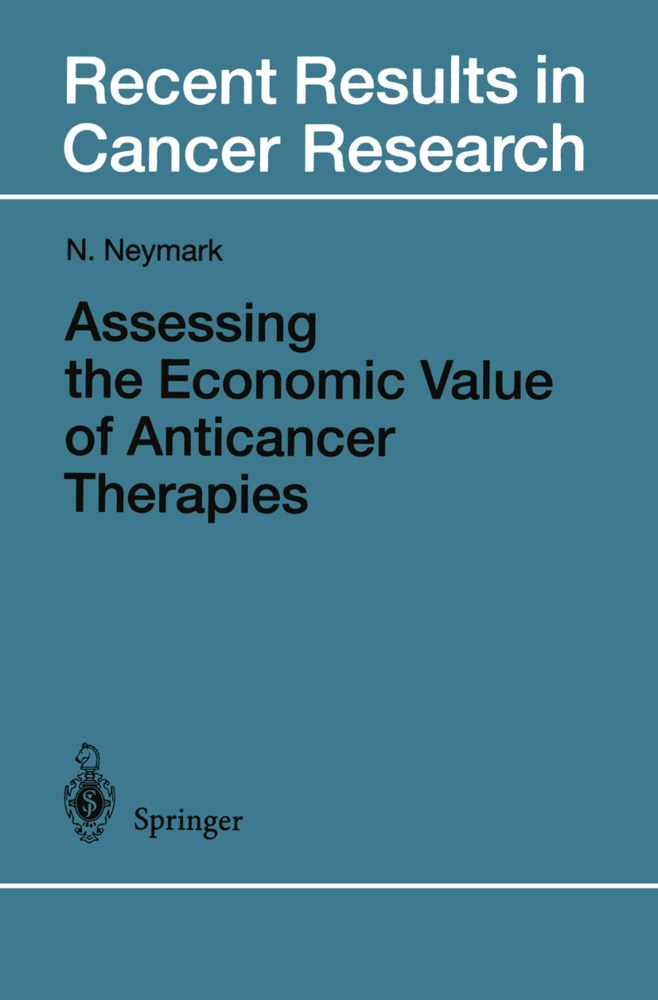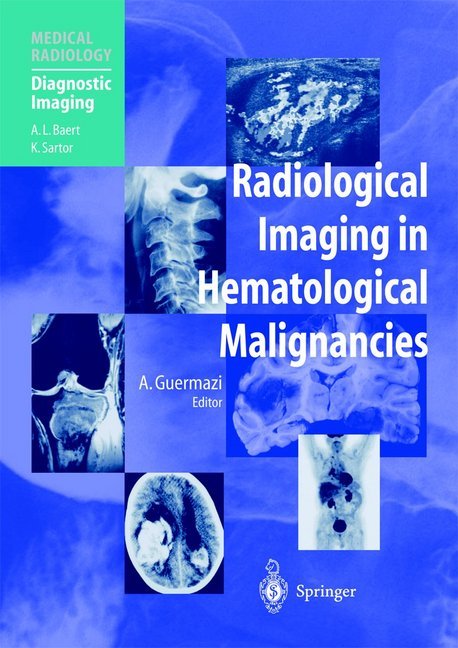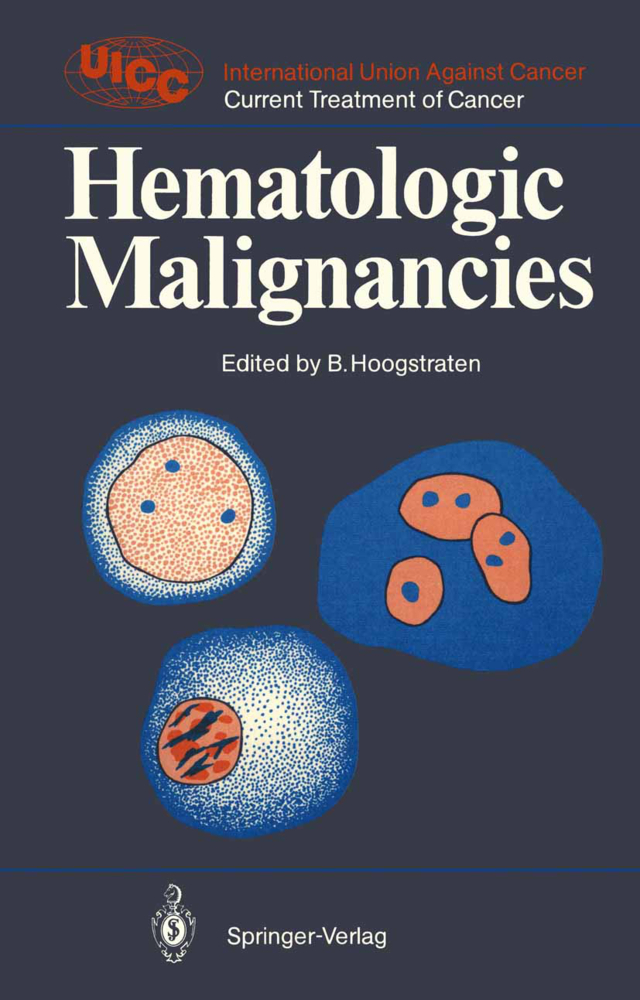Strategies in Clinical Hematology
Strategies in Clinical Hematology
Our present knowledge in the fields of both experimental and clinical hematology has rapidly progressed because of the complementary aspect one offers the other. In light of the above, basic research is a prerequisite for both diagnostic and therapeutic advances. Thus it would seem justified to review the pathogenesis of hemoblastoses and the experiences resulting from those animal experiments which are trans ferable to human conditions. The association of Epstein-Barr virus infection with Burkitt's lymphoma appeared to be a model for the viral etiology of human neoplasias, the subject of many decades discussion. Although there is evidence for the correlation, the exact role of the virus in the etiology of the disease still remains to be clarified. In public, attention has been focused on the induc tion of neoplasia by environmental factors. For the hema tologist the induction ofhemoblastoses by immunosuppressive and cytostatic drugs gains increasing significance as a result of the wider use of these agents - not only cytotoxic cancer therapy, but also in treating autoimmune diseases and in managing transplantation problems. Physiology of the human stem cell has been intensively studied, and the presently available in vitro tests are of clinical use and enable greater understanding of pathophysiology, especially that of aplastic anemias and leukemias. Immunologic and biochemical mark ers have been of value in leukemias and malignant lym phomas, both as diagnostic tools and as prognostic parameters.
Diagnostic and Therapeutic Implications of Cell Cultures for Human Leukemias
Biochemical Markers in Leukaemia and Lymphoma
Immunologic Markers for Classification of Leukemias and Non-Hodgkin Lymphomas
Childhood Acute Lymphocytic Leukemia - A Model for Therapeutic Strategies in Hemopoietic Neoplasia
Can Remission Duration Be Prolonged in Acute Myeloid Leukaemia?
Advances in the Therapy of Non-Hodgkin's Lymphoma
Advances in Hereditary Red Cell Enzyme Abnormalities
Current Problems of Iron Overload
Haematological Disturbances of Porphyrin Metabolism
Thrombogenesis: Interaction of Blood Components with the Vessel Wall
Hypercoagulability
Von Willebrand's Syndrome.
Viral Etiology of Diseases of the Hematopoietic System
Leukemias and Lymphomas Associated with the Use of Cytotoxic and Immunosuppressive DrugsDiagnostic and Therapeutic Implications of Cell Cultures for Human Leukemias
Biochemical Markers in Leukaemia and Lymphoma
Immunologic Markers for Classification of Leukemias and Non-Hodgkin Lymphomas
Childhood Acute Lymphocytic Leukemia - A Model for Therapeutic Strategies in Hemopoietic Neoplasia
Can Remission Duration Be Prolonged in Acute Myeloid Leukaemia?
Advances in the Therapy of Non-Hodgkin's Lymphoma
Advances in Hereditary Red Cell Enzyme Abnormalities
Current Problems of Iron Overload
Haematological Disturbances of Porphyrin Metabolism
Thrombogenesis: Interaction of Blood Components with the Vessel Wall
Hypercoagulability
Von Willebrand's Syndrome.
| ISBN | 9783642813733 |
|---|---|
| Artikelnummer | 9783642813733 |
| Medientyp | Buch |
| Copyrightjahr | 2014 |
| Verlag | Springer, Berlin |
| Umfang | 142 Seiten |
| Abbildungen | I, 142 p. 16 illus. |
| Sprache | Englisch |

